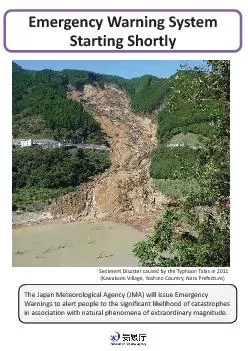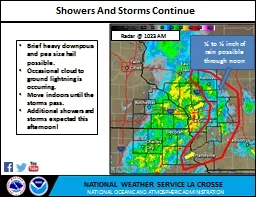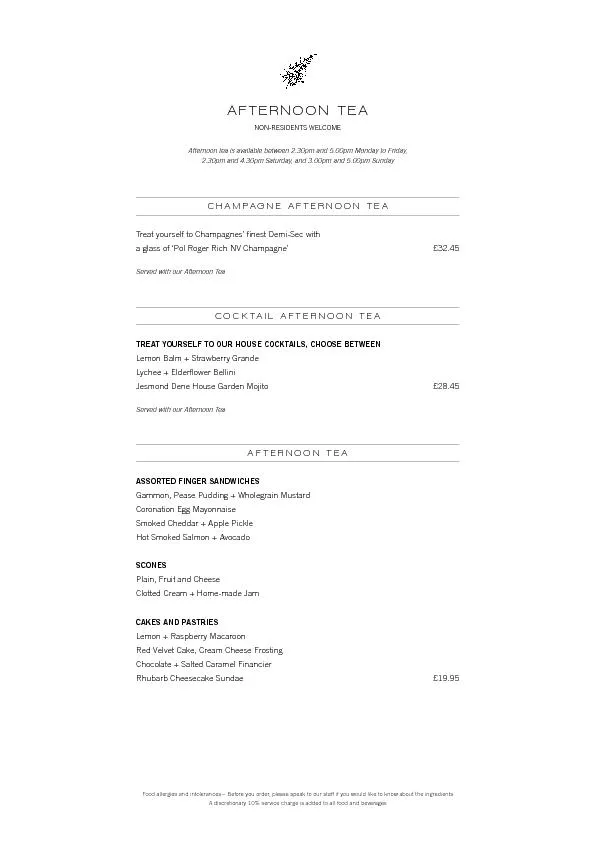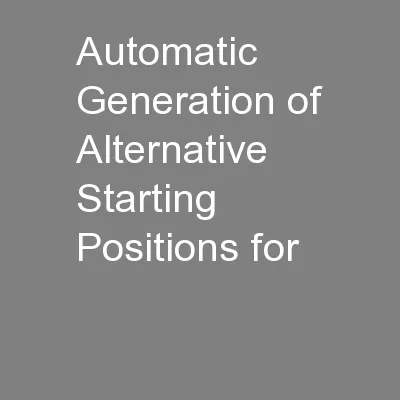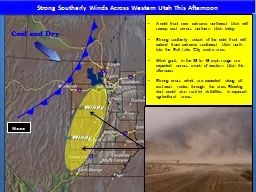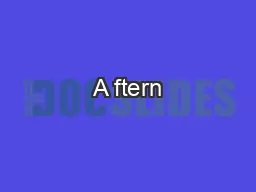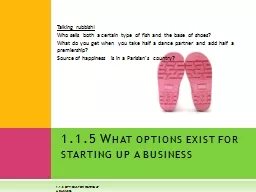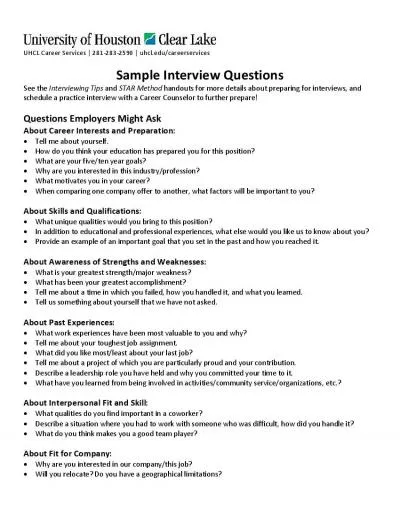PPT-GOOD AFTERNOON! We will be starting shortly.
Author : phoebe-click | Published Date : 2018-11-10
Please orient yourself to Live Meeting including use of Q and A Please mute your microphones andor telephone Please email Tegan Ruland at teganrulandwisconsingov
Presentation Embed Code
Download Presentation
Download Presentation The PPT/PDF document "GOOD AFTERNOON! We will be starting sh..." is the property of its rightful owner. Permission is granted to download and print the materials on this website for personal, non-commercial use only, and to display it on your personal computer provided you do not modify the materials and that you retain all copyright notices contained in the materials. By downloading content from our website, you accept the terms of this agreement.
GOOD AFTERNOON! We will be starting shortly.: Transcript
Download Rules Of Document
"GOOD AFTERNOON! We will be starting shortly."The content belongs to its owner. You may download and print it for personal use, without modification, and keep all copyright notices. By downloading, you agree to these terms.
Related Documents




